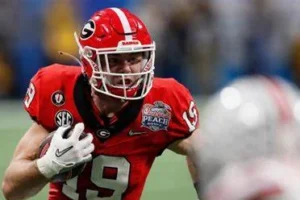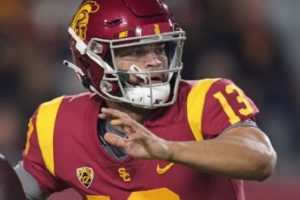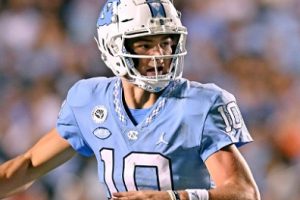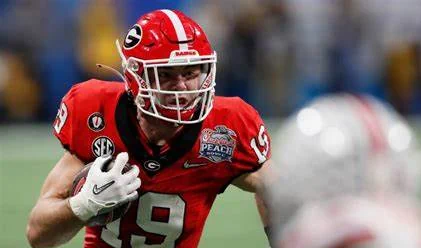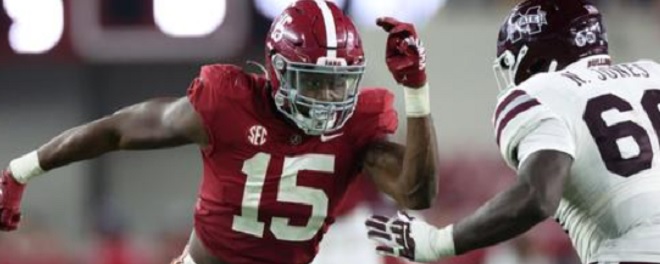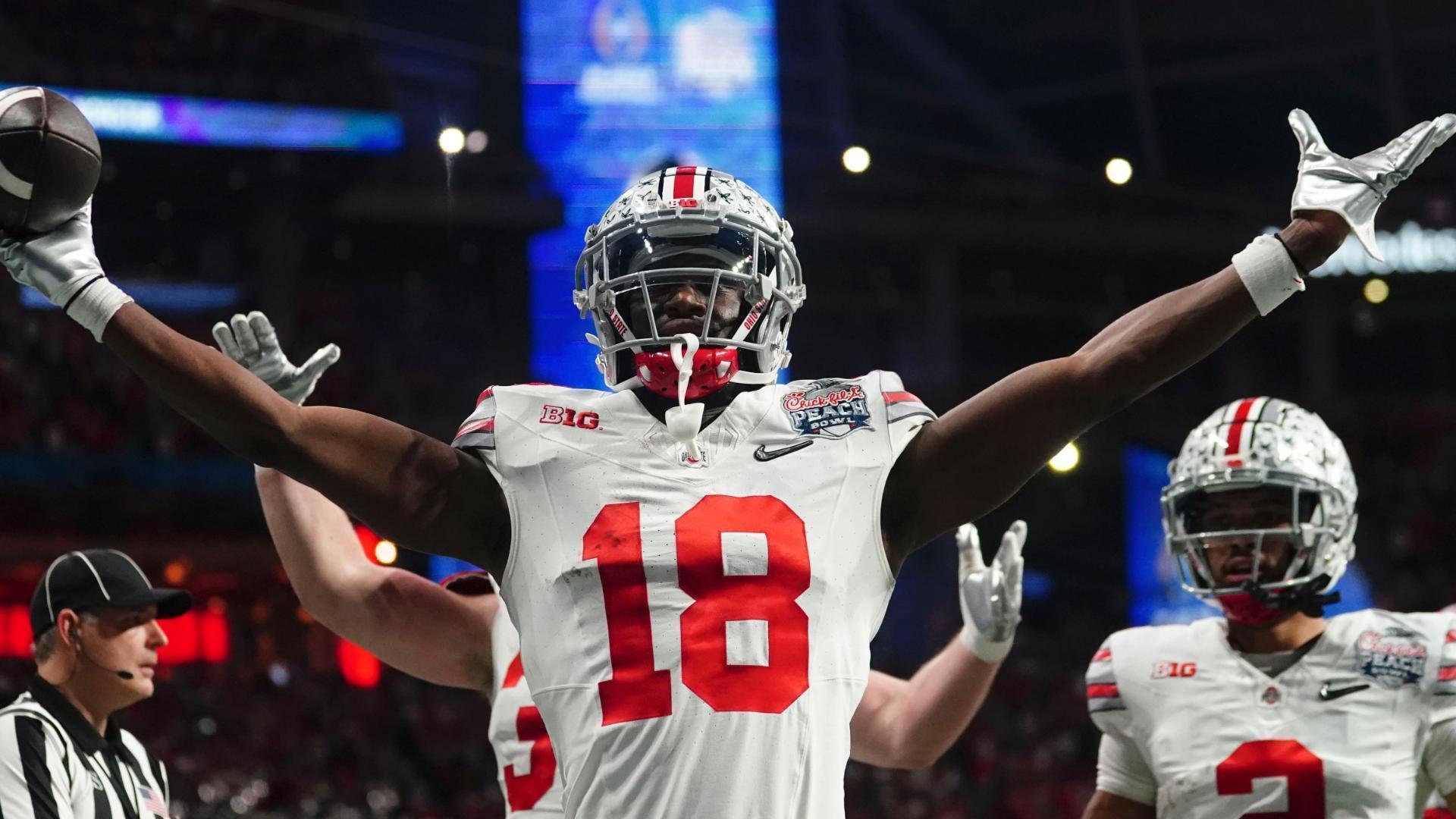By Charlie Campbell, @draftcampbell
Three years ago, we started a series of articles on why certain prospects went undrafted. In that series, I reach out to sources with NFL teams to find out why their organizations passed on drafting a given player, and/or, what were the reasons for other teams to pass on that prospect. We got a lot of positive reader feedback about the series, so we decided to expand in the genre to investigate why some prospects slid in the draft. A year later, we started the Why Slide? series, and this year, it is back. Feel free to email me requests for “Why the Slide?” and “Why Undrafted?” at [email protected]. I can’t promise to get to all of them, but I will do my best and definitely respond.
Over the past few seasons, one of the most intriguing athletes in the SEC was Ricky Seals-Jones. The giant Texas A&M wide receiver was a star recruit who seemed capable of being a big-time player, but his skill set never materialized into steady production as a college player. Seals-Jones would flash at times, but he never produced a season with 50 receptions or 600 yards receiving. After an injury-plagued junior season, the 6-foot-5, 243-pounder made the mistake of skipping his senior year and entering the 2017 NFL Draft. That move was proven to be regrettable as he went undrafted.
Some sources said that speed concerns were among the reasons teams chose not to draft Seals-Jones. He ran a 40 time of 4.69 seconds, which is very slow for a NFL wide receiver. Some teams thought he should change positions, and the unknown factor of a prospect’s ability to make that kind of change consistently hurts prospects. The medical issues Seals-Jones had as a junior didn’t help along, nor did the existence of some off-the-field concerns. Some team sources pointed toward a lack of consistency and Seals-Jones being underachiever. That was illustrated by him recording only 26 receptions for 333 yards and a touchdown in his final season. The concerns about Seals-Jones’s ability to separate from NFL cornerbacks could have been the biggest factor that led to him not getting selected though, as it was stated by sources from multiple teams.
After going undrafted, Seals-Jones signed with the Arizona Cardinals, and that was an excellent choice for him. The Cardinals are starting him out as a tight end. That makes a lot of sense given his big size and his lack of speed. If Seals-Jones could block at all, the position would be a good fit for his skill set. Arizona is also weak at the position as Troy Niklas is close to bust status, while starter Jermaine Gresham is a solid veteran, but nothing special. Seals-Jones could be a receiving weapon to pair with Greshman.
If the transition to tight end doesn’t go well, Seals-Jones also could compete as a receiver for the Cardinals. Last year’s amount of dropped passes was very frustrating for head coach Bruce Arians. With Michael Floyd being let go, Larry Fitzgerald aging, and John Brown entering a contract season, the Cardinals are looking for some long-term answers at wide receiver. Arizona also is a team that gives undrafted players a legit shot to make the team and earn a significant role. Safety Tony Jefferson earned a starting spot and played well for Arizona before leaving for Baltimore over this offseason. Doing an experiment of Seals-Jones at tight end with receiver being a backup plan makes a lot of sense for Arizona. It wouldn’t surprise me if Seals-Jones is able to make the position change and turn into a backup contributor.
2024 NFL Mock Draft - April 23
NFL Power Rankings - Feb. 22
Fantasy Football Rankings - Feb. 19
NFL Picks - Feb. 12

